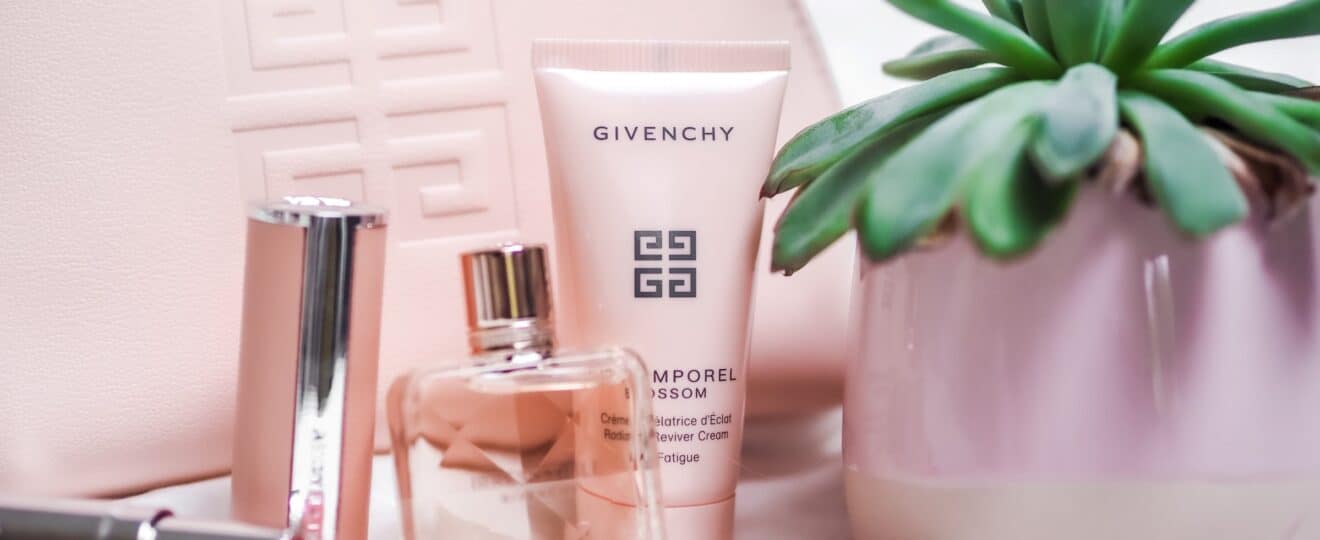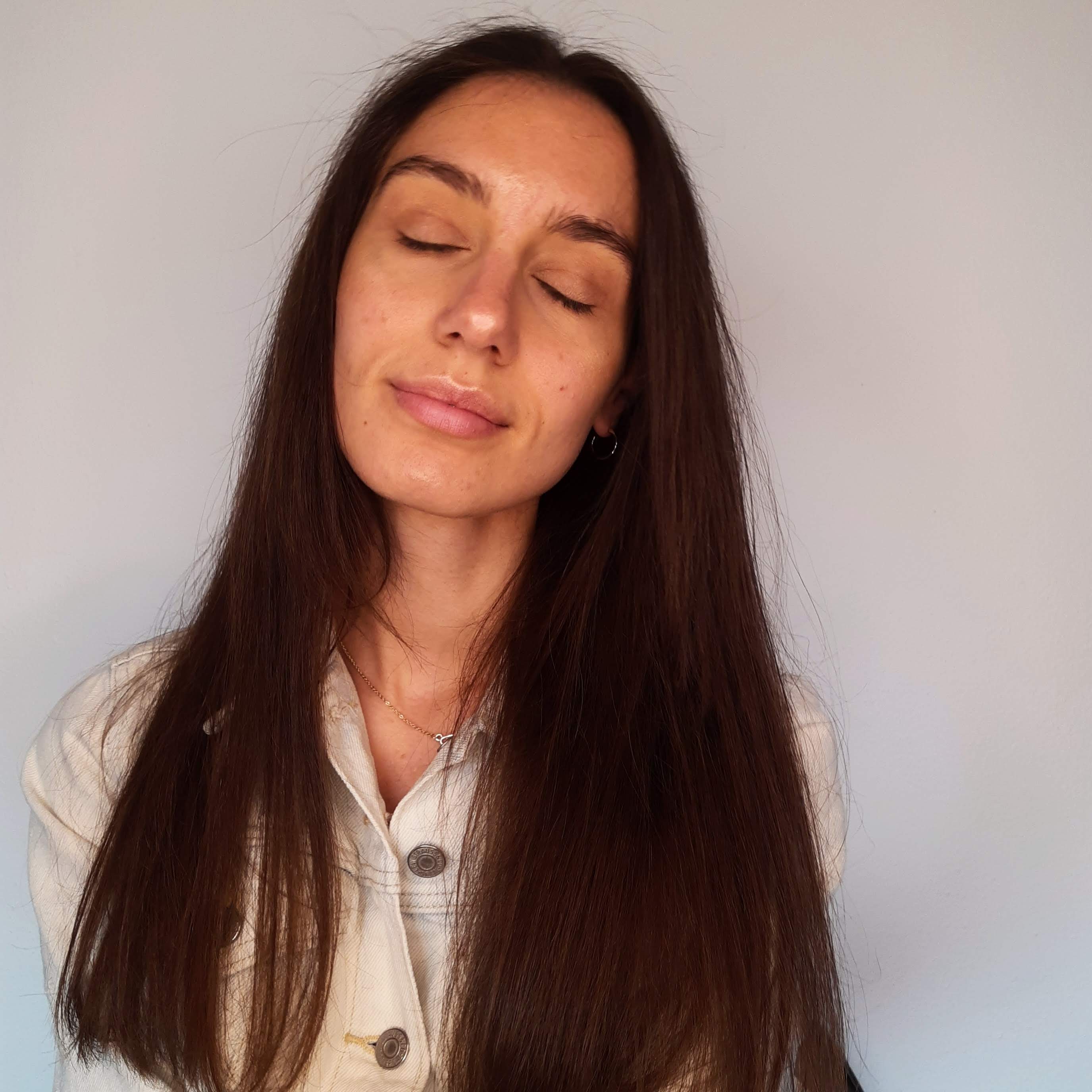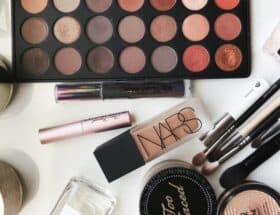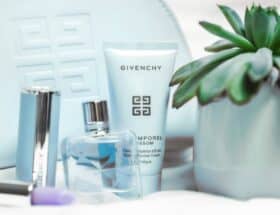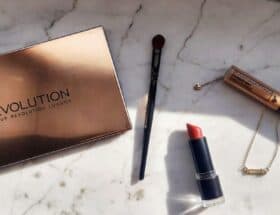Hello loves! For skincare lovers or not, moisturizers are a key element for healthy and luminous skin. Why is that? Well, moisturizers make the skin soft and improve its appearance, but also hydrate and deliver active ingredients to the skin. Choosing the right moisturizer is important to have visible results on your skin without damaging it.
Reading the ingredients of a face cream is a challenging task. On each product there are endless lists of complicated names, which give us a headache when we are trying to decipher what are we putting on our skin. Here is a small guide on how to read a label of your moisturizer.
Ingredient list
On the back of each cosmetic product there is the International Nomenclature Cosmetic Ingredients (INCI). Reading the INCI is a first step to understand the formulation of the product. Ingredients are listed in the order of percentage, from the most to the least abundant. All ingredients that are contained in less than 1% are an exception to this rule, and they can be listed in any position of the list.
Key ingredients
Each moisturizer has a different formula, which does not refer only to the ingredient list, but also to how these ingredients are combined. Basic ingredients of the moisturizers can be classified in: humectants, occlusive agents, emollients and emulsifiers.
- Humectants
Humectants are molecules that bind and attract water. All creams and lotions contain humectants to prevent product desiccation. These ingredients allow moisturizers to hydrate the skin. If topically applied, they can deliver water to the deepest layers of the epidermis and dermis, smoothing the skin out. Common humectants are glycerin, honey, sodium lactate, urea, propylene glycol, sorbitol, pyrrolidone carboxylic acid, gelatin and vitamins. For having an optimal hydration, moisturizers should be applied on freshly cleansed skin, preferably still moist.
- Occlusive agents
Humectants are always combined with occlusive ingredients. These substances form a thin water impermeable layer on the skin, reducing transepidermal water loss (TEWL). In fact, water evaporates from the top layers of the skin if it is not sealed into it. These molecules are not completely occlusive, as they still have to allow the water transfer for the natural function of the skin. Common occlusive ingredients are petrolatum, paraffin, mineral oil, squalene, dimethicone, lanolin acid, stearic acid, propylene glycol, beeswax and vegetable fats like jojoba oil, shea butter, avocado oil and so on.
- Emollients
To have a smooth and silky skin effect, emollients are added to the formula. They are fats and oils as the occlusive ingredients, but they have no occlusive effect. Some examples are: cetearyl alcohol, cetylcapylic/capric triglyceride, grapeseed oil, sunflower oil, castor oil, diisopropyl dilinoleate and isopropyl isostearate.
The balanced combination of these three basic ingredients is required to have an effective moisturizer. High humectant formulas increase the moisture but cannot reduce transepidermal water loss. On the other hand, occlusive and emollient formulas block water loss, but the skin needs more time to balance out its hydration levels.
- Emulsifiers
Creams are emulsions. This means that they are dispersion of substances that is not possible to mix together, like water and oil. The emulsions can be oil in water, where a small amount of oil is dispersed in water, or water in oil, where a small amount of water is emulsified in oil. But then why don’t we see any phase separation of water and oil in the creams? Well, that’s because of the emulsifiers. These substances allow these suspensions to be stable so that the phase separation is not visible during the use. Polysorbates, stearic acid, and potassium cetyl sulfate are examples of this class of ingredients.
In addition to these basic ingredients, active ingredients are added to the formulas to target specific skin concerns. Some of them are: vitamin C, retinol, hyaluronic acid, niacinimide, alpha or beta hydroxy acids. We will talk about these in the second part of the moisturizer guide, so stay tuned!
With love,

References:
Draelos, ZD. The science behind skin care: Moisturizers. J Cosmet Dermatol. 2018; 17: 138-144. https://doi.org/10.1111/jocd.12490
Lee C et al. Principles of Moisturizer Product Design. J Drugs Dermatol. 2019 Jan 1;18(1s):s89-95. https://pubmed.ncbi.nlm.nih.gov/30681817/
Nolan, K. and Marmur, E. (2012), Moisturizers: reality and the skin benefits. Dermatol Ther, 25: 229-233. https://doi.org/10.1111/j.1529-8019.2012.01504.x
Featured image by Laura Chouette on Unsplash

